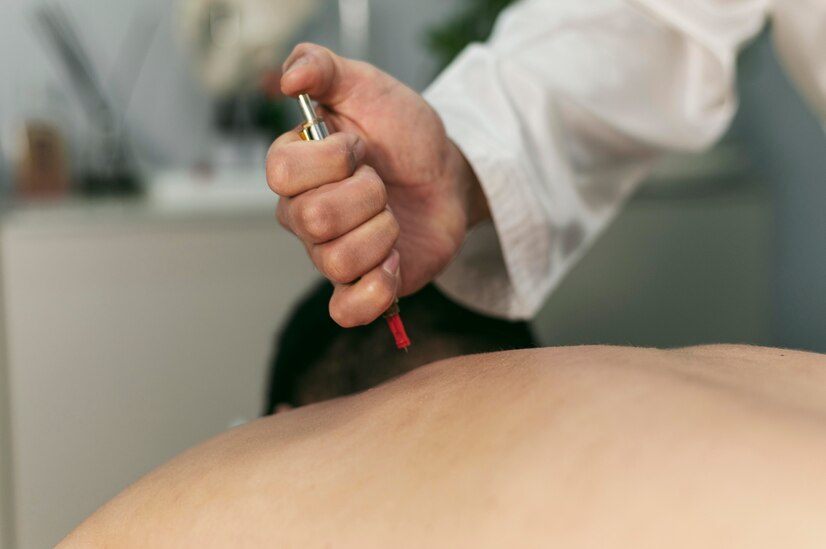Drawing blood might seem like a straightforward task, but for healthcare professionals, mastering venepuncture is a critical skill. This guide aims to equip aspiring phlebotomists, nurses, and medical students with practical knowledge and techniques to execute venepuncture successfully.
What is Venepuncture?
Venepuncture, or phlebotomy as it’s often called, involves puncturing a vein with a needle to draw blood. Whether for diagnostic tests, transfusions, or donations, proficiency in this skill is essential for accurate results and patient comfort.
Why Venepuncture Skills Matter
Proficiency in venepuncture is crucial for several reasons:
- It reduces the risk of complications like hematomas or infections.
- It ensures the accuracy of blood samples, which is vital for diagnosis and treatment.
- It enhances patient trust and comfort, which is indispensable in healthcare settings.
Preparing for Venepuncture
Before you even touch a needle, preparation is key. Ensure that all your equipment—needles, syringes, tourniquets, alcohol swabs, and collection tubes—is sterile and within reach. Check for proper patient identification and verify the tests required to select the appropriate tubes. Learn venepuncture techniques in Birmingham if you want to be in this sector.
Choosing the Right Vein
Selecting the right vein is an art. The median cubital vein in the antecubital fossa is the most commonly used due to its size and accessibility. However, other veins in the hands and wrists can also be used when necessary. Always assess the vein’s health and avoid sites with visible scarring or previous complications.
Proper Hand Hygiene
Hand hygiene is a non-negotiable step. Wash your hands thoroughly before and after each venepuncture procedure. Use gloves to protect both yourself and the patient from potential infections.
Positioning Your Patient
Patient positioning can make or break your venepuncture procedure. Ask the patient to sit or lie down comfortably. Ensure the arm is fully extended and supported. Proper positioning minimizes patient discomfort and makes veins more accessible.

Applying the Tourniquet
Applying the tourniquet correctly is crucial for vein visibility. Tie it about 3-4 inches above the puncture site. It should be tight enough to swell the vein but not so tight as to cause discomfort or impede arterial blood flow. Release it within a minute to prevent complications.
Cleaning the Site
Proper site preparation is essential to avoid infection. Use an alcohol swab to clean the area in a circular motion from the centre outward. Allow the skin to air dry completely before proceeding.
Inserting the Needle
Hold the needle at a 15-30-degree angle with the bevel facing up. Insert it smoothly into the vein, watching for a flash of blood in the hub. Once you see it, advance the needle slightly to ensure it’s adequately placed.
Collecting the Sample
Attach the collection tube to the needle holder. The vacuum inside the tube will draw blood automatically. Fill the tubes in the correct order to prevent cross-contamination of additives between tubes.
Removing the Needle
Once the required amount of blood has been collected, release the tourniquet first. Gently withdraw the needle and immediately apply pressure to the puncture site with a clean gauze pad to prevent bleeding and bruising.
Labeling the Sample
Proper labelling is crucial to ensure the accuracy of test results. Label each tube with the patient’s name, date of birth, and the date and time of collection. Double-check the information to avoid any mix-ups.
Managing Complications
Despite best efforts, complications can occur. If a hematoma forms, apply pressure and a cold compress to reduce swelling. If a patient feels dizzy or faints, ensure they are lying down and elevate their legs.
Aftercare Instructions
Provide the patient with clear aftercare instructions. Advise them to keep the bandage on for at least 15 minutes and avoid heavy lifting with the affected arm for a few hours. Inform them of signs of infection and when to seek medical advice.
Continuous Practice and Learning
Mastery of venepuncture comes with practice. Take advantage of training opportunities and seek feedback from experienced colleagues. Regularly update your skills and knowledge to stay abreast of new techniques and best practices.
Conclusion
Mastering venepuncture is a vital skill for healthcare professionals. By following these detailed steps and continuously honing your technique, you can ensure patient comfort and accuracy in blood collection. For those looking to refine their skills further, consider enrolling in specialised courses or seeking mentorship from experienced practitioners.




